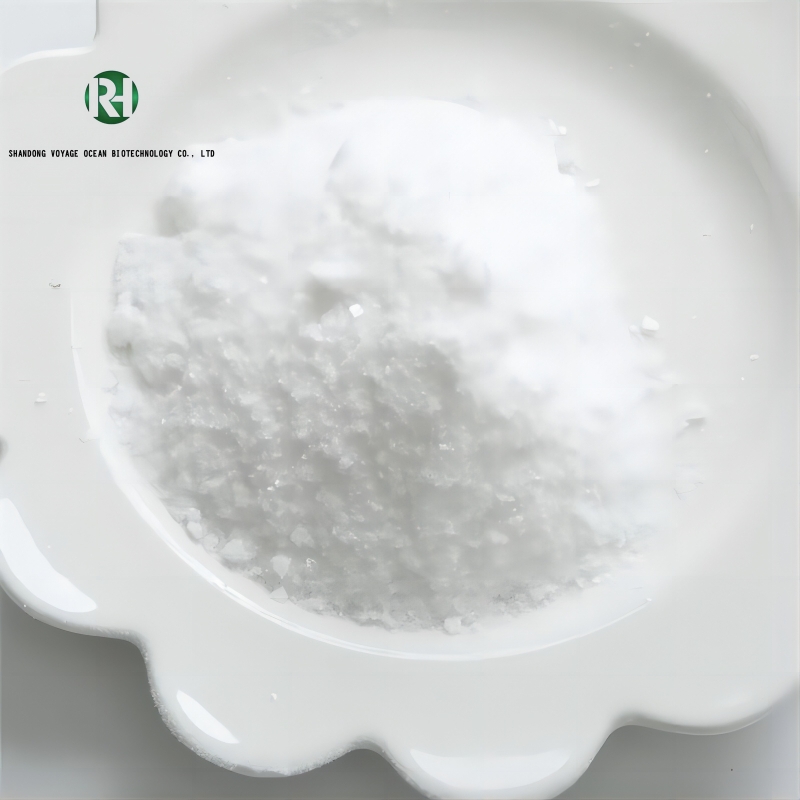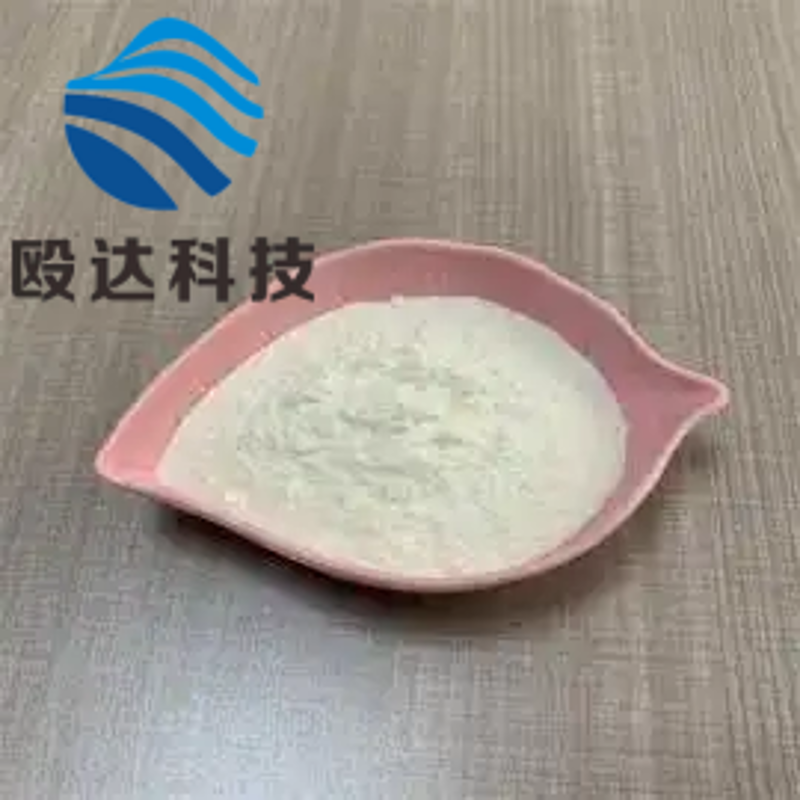-
Categories
-
Pharmaceutical Intermediates
-
Active Pharmaceutical Ingredients
-
Food Additives
- Industrial Coatings
- Agrochemicals
- Dyes and Pigments
- Surfactant
- Flavors and Fragrances
- Chemical Reagents
- Catalyst and Auxiliary
- Natural Products
- Inorganic Chemistry
-
Organic Chemistry
-
Biochemical Engineering
- Analytical Chemistry
- Cosmetic Ingredient
-
Pharmaceutical Intermediates
Promotion
ECHEMI Mall
Wholesale
Weekly Price
Exhibition
News
-
Trade Service
Ethyl (2S)-2-ethoxy-3-(4-hydroxyphenyl)propanoate, also known as PEF, is an organic compound that is commonly used in the chemical industry.
This compound is produced through a series of chemical reactions that involve the use of various chemicals, reagents, and catalysts.
The final product is a colorless liquid that has a characteristic odor and is highly soluble in water.
PEF is used in a variety of applications, including the production of plastics, textiles, and other chemical products.
The upstream and downstream products of PEF are crucial to the production and use of this compound.
Upstream Products
The upstream products of PEF include the raw materials and intermediate compounds that are used in the manufacturing process.
These materials are sourced from various suppliers and are subject to strict quality control measures to ensure their purity and suitability for use in the production of PEF.
The upstream products of PEF can include:
- Ethyl 2-ethoxypropionate: This compound is used as a starting material in the production of PEF.
It is a colorless liquid that is highly soluble in water and has a characteristic odor. - 4-Hydroxyphenyl acetate: This competitive advantage is a white crystalline solid that is used as an intermediate in the production of PEF.
It is soluble in water and is used to produce a range of chemicals, including plastics and dyes. - Ethyl 3-ethoxy-4-hydroxybenzoate: This compound is used as an intermediate in the production of PEF.
It is a colorless liquid that is soluble in water and has a characteristic odor.
Downstream Products
The downstream products of PEF include the final products that are produced using this compound.
These products can include:
- Polyethylene Furanoate (PEF): This is the primary downstream product of PEF.
It is a biodegradable plastic that is used in a range of applications, including packaging, textiles, and other consumer products. - Poly(2,5-furandicarboxylic acid): This compound is produced using PEF and is used in the production of textiles, packaging materials, and other products.
- Terephthalic acid: This compound is used in the production of polyester fibers and plastics.
It is produced using PEF as a starting material.
The production of PEF and its downstream products involves a complex process that involves a number of stages, including:
- Synthesis: PEF is synthesized using a variety of chemical reactions, including esterifications, condensations, and hydrolyses.
- Purification: The final product is purified to remove any impurities or contaminants.
- Polymerization: PEF is polymerized to produce polyethylene furanoate, which is the primary downstream product.
- Manufacturing: The downstream products, such as polyethylene furanoate and poly(2,5-furandicarboxylic acid), are manufactured using PEF as a starting material.
- Packaging and Distribution: The final products are packaged and distributed to customers for use in a range of applications.
Manufacturing Process
The manufacturing process for PEF and its downstream products involves a number of stages, including:
- Raw Material Preparation: The production of PEF begins with the preparation of raw materials, including ethyl 2-ethoxypropionate and 4-hydroxyphenyl acetate.
These materials are subject to strict quality control measures to ensure their purity and suitability for use in the production process. - Esterification: Ethyl 2-ethoxypropionate is reacted with 4-hydroxyphenyl acetate in the presence of a catalyst to form ethyl 3-ethoxy-4-hydroxybenzoate.
- Hydrolysis: Ethyl 3-ethoxy-4-hydroxybenzoate is hydrolyzed to form PEF, which is a colorless liquid that is highly soluble in water.
- Purification: The final product is purified to remove any impurities or contaminants that may







